Corporate Video: Scripted vs. Unscripted
What is a scripted and unscripted video? Which one is better for your business? Get the insight from LP Visuals.
Corporate videos are an excellent way to visually represent your brand, showcase your products or service offering, engage prospective customers, and encourage them to act via a powerful call to action (CTA).
Corporate videos include promotional, branding, company profile, social media, recruitment, testimonials, instructional, and marketing videos. Here’s some statistics on why they work:
96% of internet users prefer videos to know about brands (HubSpot)
An average person spends 1.5 hours watching videos online daily (Zenith Media)
Videos constitute over 82% of all internet traffic (Cisco)
86% of marketers think videos are powerful marketing tools to improve the business's bottom line (Wyzowl)
When creating corporate videos, storytelling is critical. But what’s the best way to create that story? Should you write a script or follow a more conversational, ad-hoc approach?
Today's article will differentiate between scripted and unscripted videos and highlight their positives, negatives and when to use each type of video. Ultimately, both styles are equally desirable, it’s just about selecting the right style for your business, your target audience and your message.
What is a Scripted Video?
A scripted video follows a step-by-step approach that involves planning, topic selection, word-for-word scripting, shooting, and editing before publishing online.
The primary objective of a scripted video is to ensure accuracy and precision while focusing on your target audience. It allows you to convey your brand exactly as you want, word for word. The production team usually uses a teleprompter to shoot a scripted video, meaning you don’t have to remember the script, you merely read off a screen in front of the camera.
Here’s an example of a scripted video
What is an Unscripted Video?
Unscripted video is the creation of a corporate video for your business, without a script. It may seem less planned than scripted video, but that doesn’t mean its unorganised.
Rather than writing a word for word script for the video, when creating unscripted video, your video production team will write desired key messages and ask interview questions to evoke responses about those key message. This way, the video is still on brand and on message, making sure it achieves its marketing objective.
Here’s an example of an unscripted business overview video we created for BDO’s M&A team.
Pros of Scripted Video
The primary benefit of a scripted video is streamlining the entire production process without hassle. Because we know exactly what is being said, we’re able to plan every shot before hand and ensure it all runs to plan.
For the person speaking in front the camera, a script can be a welcome sight. In some cases, it might make being on camera easier because there’s no need to remember what to say, you just read from the teleprompter.
Cons of Scripted Video
Unfortunately, because you’re reading off a script, you’ll likely come across as more robotic, less authentic and less engaging. Because we consume so much video content and chat to people each and every day, it’s quite easy for your target audience to differentiate between when someone’s reading off a script and when they’re not.
Another issue with scripted videos is that they make the presenter want to be perfect. If you’ve got a word for word script in front of you, you’re going to finesse over the slightest of details. In some ways, this can make filming more complex and take more time, as you might repeat sections of the script until you get them just right.
When to Use Scripted Videos?
Scripted videos are ideal for when you want to have 100% control over the wording, such as a television commercial, corporate brand story video, or an animated video.
Pros of Unscripted Video
When you record video without a script, you have an authentic, direct interaction with your target market. It feels like a relaxing conversation because it is. As mentioned before, online audiences are very adept at differentiating between scripted and unscripted video, which can be a benefit when you record an unscripted video as audiences will feel the authenticity in your brand.
When speaking on camera without a script, it can also make things easier. Because you’re unsure of what to say and haven’t pre-prepared a word for word script, you’ll be more likely to relax and speak in a conversational, authentic tone.
Cons of Unscripted Video
The most significant downside of an unscripted video is that you might say a few more ‘ums’ ‘ahhs’ or ‘buts’. You might also say something which is off brand or close to the brand message, but not 100% correct.
But that’s the beauty of editing, we can take the entire interview and cut out all the unusable parts, to craft an authentic message that is on brand.
When to Use Unscripted Videos?
Unscripted videos are ideal for videos that focus on authentic story, such as social media videos, testimonial videos, behind-the-scenes content, and other less formal stories.
Scripted vs Unscripted Corporate Video
Scripted and unscripted videos have their own pros and cons. Businesses seeking to create engaging video can follow a hybrid approach and use scripted and unscripted elements, even within the same video!
If you need more help, a video production company with years of experience and a team of skilled professionals can give you a detailed plan and insights to use the right type of corporate video at the right time and achieve your marketing goals.

